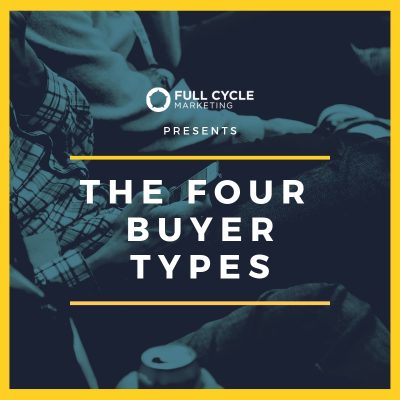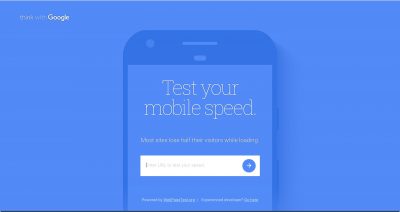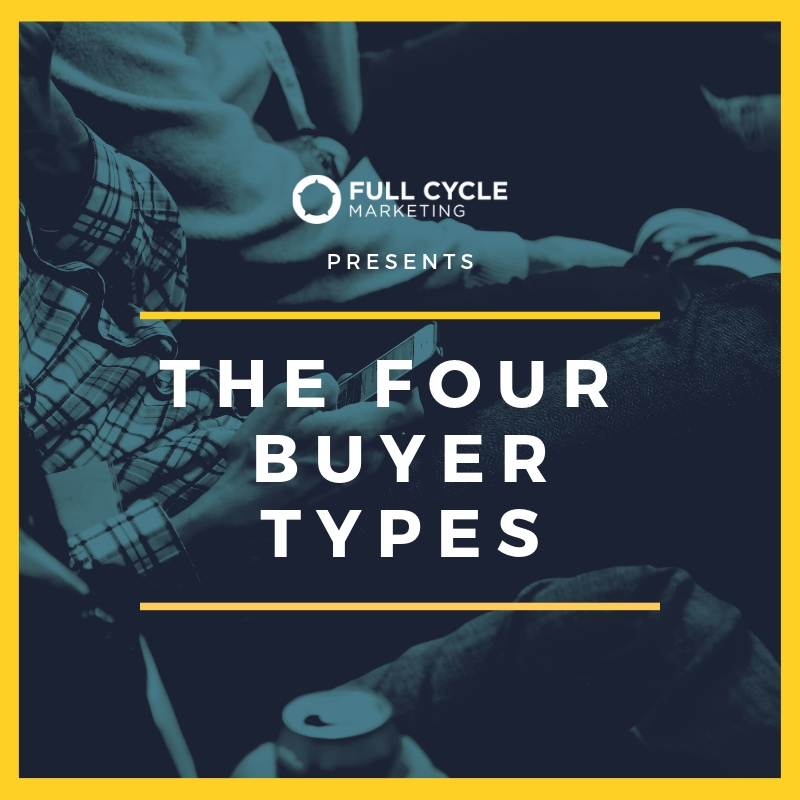 There are four basic types of consumers, and knowing how to market to each of them can lead to incredible results. In this series (click here to read the overview), we’ll take a deep dive into each type. We started with methodical and today, we explore spontaneous.
There are four basic types of consumers, and knowing how to market to each of them can lead to incredible results. In this series (click here to read the overview), we’ll take a deep dive into each type. We started with methodical and today, we explore spontaneous.
For many people, shopping isn’t just about getting the product they want. The actual act of shopping is the thrill itself.
These are SPONTANEOUS shoppers, and they make up about 25% to 35% of the entire consumer base.
Unlike other types of customers, spontaneous buyers are driven almost entirely by emotion, and they make purchase decisions exceptionally quickly. They take risks and spend big. They just need the right mix of triggers to get them to act.
In other words, they’re essentially the polar opposite of methodical buyers, who research every detail before they make a purchase. Spontaneous buyers see what they want, and they grab it.
“For them, the thrill is in the purchase,” said Full Cycle Marketing President Kyle Chowning. “It creates an emotional high, like a rush. Other buyer types aren’t like that.”
But how do you plan for consumers who don’t actually have plans themselves? Here are four ways to compel them to action.
1. Have a fast and efficient load time across all devices.
Spontaneous buyers move quickly, so your website, process and checkout have to be efficient. It had better load quickly. Because if it doesn’t, the spontaneous buyer is out. Don’t make it confusing for them to add to their cart. It all needs to be fast, fluid, and simple.
Most sites lose half their visitors while loading. Install the Page Load Time Chrome extension to test yours.
Additionally, optimizing for desktop and mobile is no longer even a priority – optimizing for ALL screens is. “Gen Z uses 5 screens on average: smartphone, TV, laptop, desktop and IPod/IPad,” according to CTAM.
TestMySite by Google is the go-to for mobile and screen testing across all devices.

2. Offer sales and discounts
Finding a good deal is part of the thrill of shopping for everyone, and that absolutely applies to spontaneous buyers. Show your sales prices and discounts to make them more likely to make a quick decision.
3. Include a sense of urgency
If you want to nudge a spontaneous buyer into action, an effective way is to give them a time limit. Include deals that are only available for a brief amount of time or lure them with bonuses if they act now. Include countdown timers to add to the urgency.
When making a sales pitch at the end of a webinar, include a valuable offer or incentive to buy immediately, or within 24 hours. This will tip spontaneous buyers into decision-making mode.
When sending email on the last day of a campaign, include a downtown timer. We use motionmailapp.com. This triggers that sense of urgency and will often grab a person’s attention when text alone will not.

4. Use exciting content and images
It’s imperative that your website not be boring. It should brim with great content, but it also needs to have compelling images and a layout that’s fun to navigate. Incidentally, if you’re trying to sell to Gen Z, a good image will do more for you than great copy every single day.
The bottom line with spontaneous buyers is that you need to get them to act NOW.
You need to grab their attention and get them to engage in a fun buying process. Because shopping is already thrilling for spontaneous buyers, and the last thing you want to do is slow them down.
